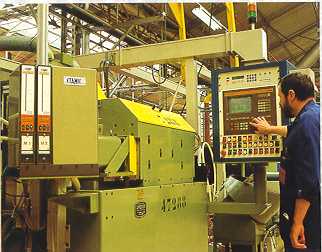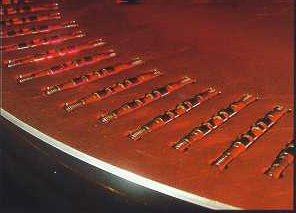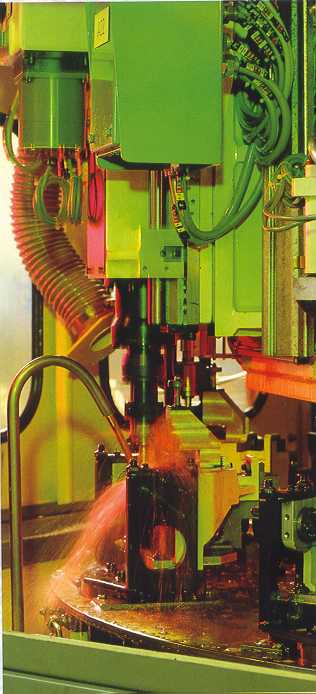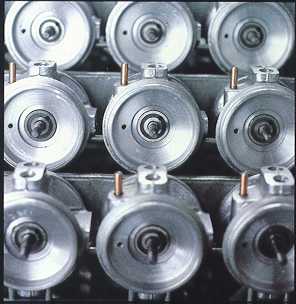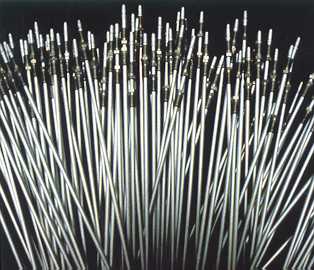In concrete terms, this type of machining involves precision to within the thickness of a sheet of cigarette paper sliced fifty times across its width. Leaning over his lapping machine, the operator machine polishes parts down to the third decimal point, keeping a close eye on the fourth! Here in the CitroŽn plant at AsniŤres, operators work to within one micron : to within a thousandth of a millimetre, when most mechanical workshops make do with one-tenth or one-hundredth. And that precision is achieved daily, with an output of 50,000 parts per day !
What kind of process requires that level of quality? Manufacturing hydraulic components for CitroŽn vehicles; and in the case of AsniŤres, the famous suspension systems underlying the success of the marque, as well as the brake and steering systems. All these components have one thing in common: the absence of joints to ensure tightness between moving parts. Friction between any joints would decrease the sensitivity of movement. Tightness is therefore ensured by metal-to-metal joints, by reducing operating clearances to within 3 microns (between 1 and 3 microns), and by virtually perfect surface finishing of parts. The number of parts involved and the quantity of hydraulic components manufactured - 14,000 every day - put the AsniŤres plant in a class of its own. It provides a major contribution to the identity and renown of CitroŽn cars, and it is not for nothing that the plant also supplies suspension systems for Rolls Royce.
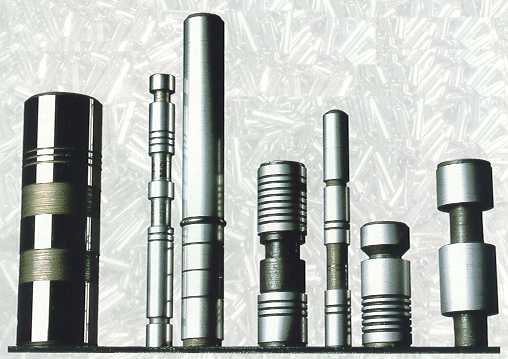
Man over machine
Machining and assembling mass-produced parts to within one micron requires the meticulous integration of tasks in an automated production control system, The result is that technological and human resources at AsniŤres are more closely interwoven than elsewhere. But, like a clockmaker making watches, human precision, manual dexterity, visual acuity, experience and know-how are what make micrometric precision possible. The golden rule is self-inspection: the operator is capable of immediately evaluating the quality of the operations he is performing. Initially divided into specialized workshops for each type of machining, the AsniŤres plant over the years has been transformed with the setting-up of the Plan Mercure. The plan, which provides overall guidelines for the entire CitroŽn company, has a single aim: competitiveness! As a result, the plant has been completely restructured in terms of product lines, i.e. compensator meters, pressure generation pumps, height correctors, safety valves, structural parts, brake effort proportioning systems, reverse current cut-out relays and other stiffness control systems. This also means that, except for slicing, quenching and tempering, each of the main hydraulic parts is manufactured separately. There are thus some ten manufacturing islets for each type of component, each integrating an extensive range of operations:
